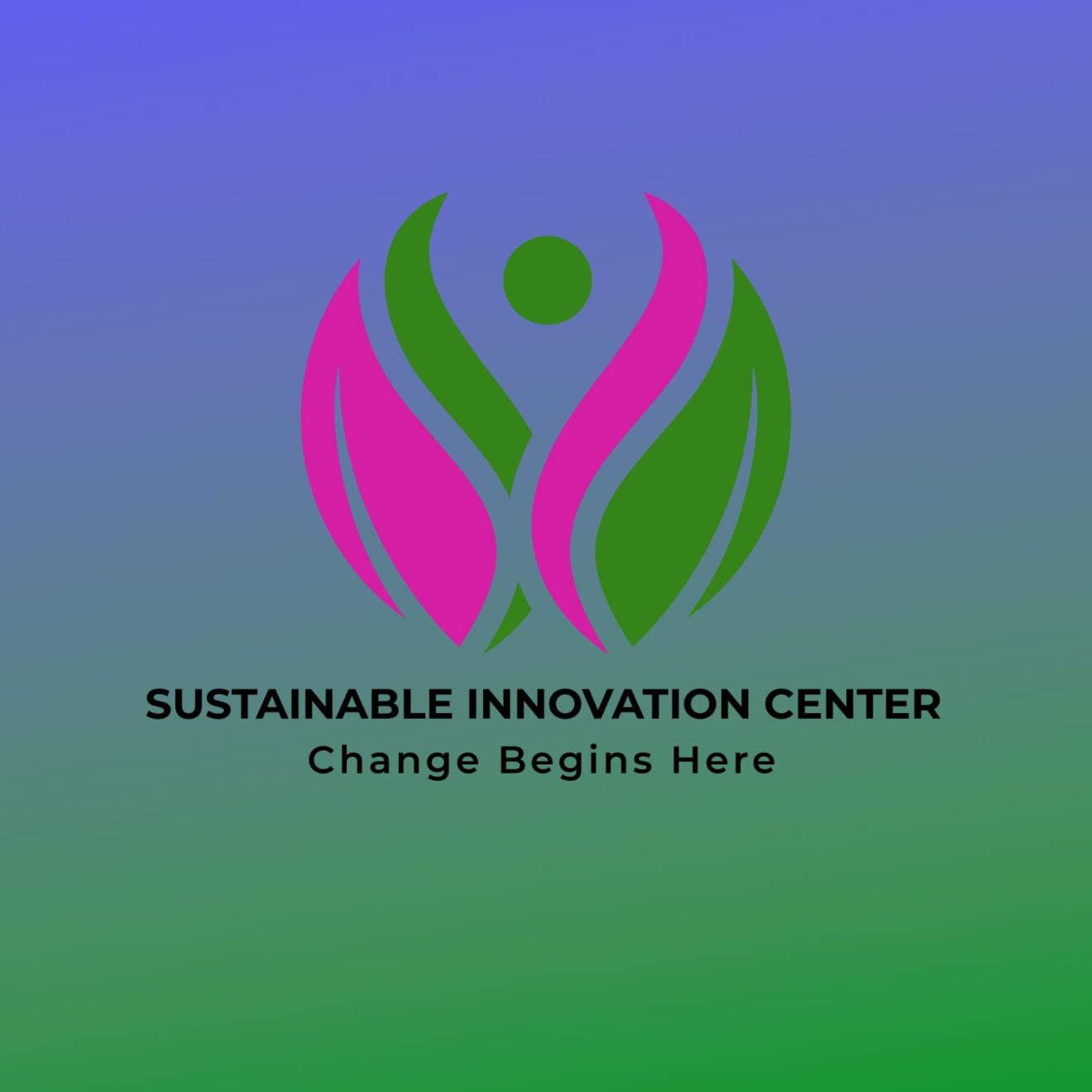Fighting Climate Change: Facing the Rising Tide of Disasters
In recent years, the world has watched as once-rare natural disasters have become frighteningly common. From record-breaking wildfires and devastating floods to prolonged droughts and supercharged hurricanes, the impacts of climate change are no longer distant threats — they are here, and they are reshaping lives, landscapes, and livelihoods across the globe.
We are not just living in a climate crisis. We are living in the aftermath of its symptoms — and unless we act urgently, this “new normal” will only worsen.
Climate Change Fuels Disasters
Scientific consensus is clear: climate change is amplifying the intensity and frequency of natural disasters. Here’s how:
Rising temperatures are fueling more extreme heatwaves and wildfires.
Warmer oceans are intensifying hurricanes, making them stronger and more destructive.
Melting glaciers and polar ice are contributing to sea level rise, increasing the risk of coastal flooding.
Shifting weather patterns are causing more erratic rainfall — leading to both floods and droughts.
What were once 100-year events are now occurring every decade — or even more frequently.
The Human Cost Is Too High
These disasters don’t just destroy infrastructure — they destroy lives. Families are displaced. Children lose access to schools. Farmers lose entire seasons of crops. Marginalized communities, particularly in developing regions, suffer the most despite contributing the least to global emissions.
In 2024 alone, extreme weather events displaced over 35 million people worldwide. Emergency response systems are strained. Insurance is becoming unaffordable. And the cycle of poverty deepens with every storm, fire, or drought.
We Can Still Change the Story
While the statistics are sobering, the future is not set in stone. We still have the power — and the responsibility — to turn the tide. Here’s how we can fight back:
1. Mitigate Carbon Emissions
The root of the crisis is carbon. Reducing emissions through renewable energy, reforestation, sustainable transport, and circular economies is non-negotiable. Every fraction of a degree we prevent can save lives.
2. Invest in Climate Resilience
Communities must be equipped to withstand the effects of climate change. This includes:
Building flood defenses
Early warning systems
Climate-resilient crops and infrastructure
Emergency preparedness and education
3. Support Climate Justice
We must prioritize vulnerable populations and ensure that global climate funding reaches those who need it most. Fighting climate change is not just about carbon — it’s about equity.
4. Push for Policy Change
Bold legislation is needed at local, national, and global levels. Citizens must hold governments and corporations accountable for their climate commitments.
From Disaster to Action
Natural disasters are a painful wake-up call — but they can also be a catalyst for transformation. Every storm tells us that we must do better. Every flood reminds us that time is short. But every act — no matter how small — also tells us that change is still possible.
Let us not wait for the next disaster to remind us of what we could have done. The fight against climate change is not just a scientific or political challenge — it is a moral one.
The future is watching
